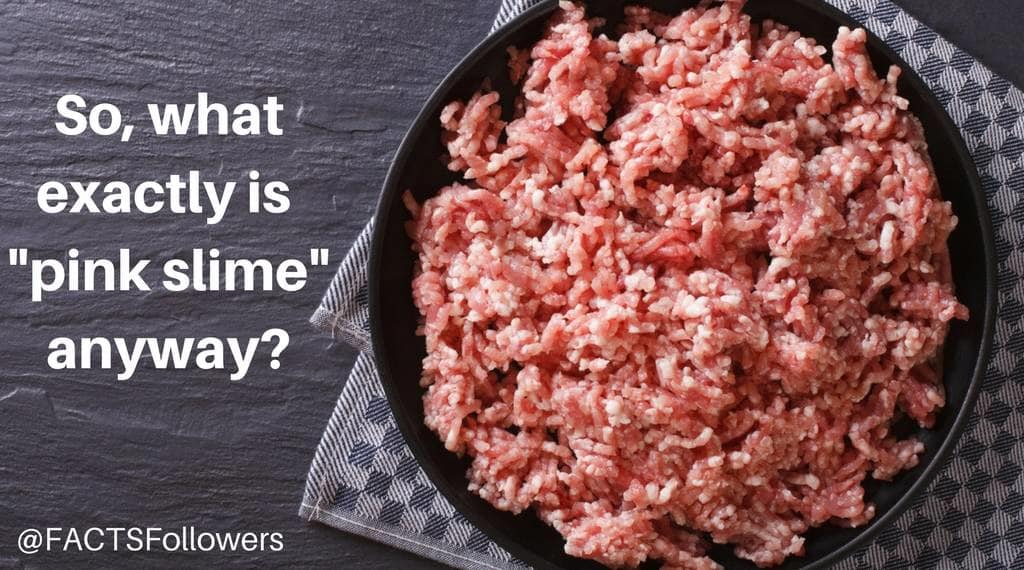Slime is typically linked to snails, Ghost Busters, and Nickelodeon pranks. It probably is not something you want to eat or even think is in your hamburger, even if it is pink instead of the usual slime-green color. So, calling beef “slime” is not likely appetizing in any way. But, unfortunately, a simple beef product that is regulated by the United States Department of Agriculture (USDA), has been used for decades, and is 100% beef, has fallen victim to gaining the “pink slime” nickname. It’s also been at the center of some sensationalized news stories.
With lingering bad press still impacting feelings toward our beloved ground beef, we thought it would be helpful to shed some light on the pink slime hype.
What is “pink slime?”
“Pink slime” is a colloquial term for Lean Finely Textured Beef (LFTB). LFTB refers to smaller pieces of lean meat that are added to ground beef to produce a leaner product utilizing as much of meat from an animal as possible. The term “pink slime” was not developed by the food industry. Rather it was a nickname developed by a scientist (Gerald Zirnstein, a former USDA microbiologist) to describe LFTB.
There are two types of LFTB: boneless lean beef trimmings (BLBT) and finely textured beef (FTB). Both are beef that is cut away from steaks and roasts and had the fat removed through a process that is similar to how cream is separated from milk. BLTB and FTB differ in the process that provides antimicrobial protection. By using this food processing technique to maximize beef processing, the meat producers are able to prevent food waste, save resources, and produce a safe meat product. These processors aim to be sustainable and also to keep costs of ground beef down (by using all the meat from the cow, you reduce waste, which helps keep costs low).
How is LFTB made?
Specifically for BLBT, the meat is treated with a small amount of ammonium hydroxide, an antimicrobial agent, which is water and ammonia mixed together. Ammonium hydroxide was declared safe by the Food and Drug Administration in 1974 and is used to produce a number of other products too, such as puddings and baked goods. In the process to produce LFTB, the meat gains a soft, malleable texture. For finely textured beef, processors use citric acid as the antimicrobial treatment. Citric acid, which can be found naturally in plants and animals, is another food processing substance that has been declared safe by the FDA and its use is also regulated.
Is LFTB safe?
Yes, LFTB is safe. As mentioned above, LFTB, like all other beef, is a government-regulated and inspected food product to ensure quality and safety. Like all ground beef, LFTB must meet the same safety requirements enforced by the USDA–Food Safety Inspection Service (USDA–FSIS). In addition, any ammonia residues that remain in the BLBT after processing are not harmful, as naturally occurring ammonia can be found in other everyday foods such as onions, ketchup, and cheese. Come to think of it, these are key ingredients needed to make up a great cheeseburger.
Bottom line on beef
Our current beef supplies – whether from a grocery store or restaurant – are safe and do not need to be avoided (with or without the addition of LFTB). However, manufacturers do want consumers to be educated and have a choice. While not required, companies have implemented voluntary labeling of LFTB presence within beef products. In addition, consuming lean beef products can be a healthy source of protein as well as many micronutrients like iron.
